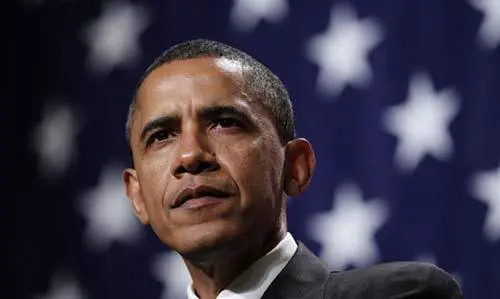The Trump administration is sounding upbeat about the chances of reaching a NAFTA agreement in the near future. The Trudeau government is sounding much less so.
Top U.S. and Canadian officials offered markedly different assessments of the state of the negotiations on Wednesday.
U.S. President Donald Trump’s trade chief Robert Lighthizer, known for aggressive public criticism of Canada and Mexico, said on CNBC that he was optimistic that an agreement “in principle” is possible “in the next little bit” with some effort and compromise.
But Prime Minister Justin Trudeau’s chief negotiator, Steve Verheul, said the U.S. has not yet made the compromises necessary. “Significant” gaps remain, he said, and Canada is not certain what the U.S. means by an agreement “in principle.”
Canada's Chief NAFTA negotiator Steve Verheul leaves a roundtable with labour leaders in Ottawa on Wednesday.
“An agreement in principle, to our understanding, means some sense of direction on the big issues, the important issues. We’ve not seen that from the U.S. so far. We’ve not seen any proposals in that regard,” Verheul told reporters in Ottawa.
“If we’re going to achieve that, we would fairly require some considerable flexibility in U.S. positions,” Verheul said.
Jerry Dias, president of Canada’s Unifor union, which represents autoworkers, was more blunt.
“I don’t know what Lighthizer is smoking, but he should stop it,” Dias said in an interview. Dias said the three countries might be able to complete negotiations on some smaller issues by the end of April, but he said they remain “so far apart” on bigger issues.
Verheul also played down talk of a breakthrough on the auto manufacturing issue that has been a primary source of tension.
Lighthizer said last week that the countries were “starting to converge” on the issue. Canada’s ambassador to the U.S., David MacNaughton, said the talks had taken a turn for the positive when the U.S. introduced a new auto proposal that would replace a previous proposal fiercely opposed by Canada and Mexico.
Verheul said the auto file was still not close to a resolution.
“We welcome that signal, but ... we are still quite a distance away from any kind of agreement on the approach to auto rules of origin,” he said.
U.S. President Donald Trump and Secretary of Commerce Wilbur Ross, right, listen to United States Trade Representative Robert Lighthizer speak in a March 22 file photo. In recent days, Lighthizer has sounded more optimistic than ever on the state of NAFTA negotiations.
The U.S. had previously proposed a new requirement that 50 per cent of a car be made in the U.S. in order to qualify for tariff-free treatment, plus an increase to 85 per cent, from the current 62.5 per cent, in the amount of a car that would have to be made in North America.
The publication Inside U.S. Trade reported Tuesday that the U.S. now says it is willing to drop the U.S. content proposal if Canada and Mexico agree to count autoworkers’ wages toward the North American content requirement.
In other words, auto companies could help themselves avoid tariffs by paying their Mexican workers more. The qualifying wage level in the new U.S. proposal is believed to be somewhere around $15 (U.S.) per hour, more than three times higher than the current Mexican average.
Horacio A. Lopez-Portillo, a trade lawyer at Vazquez Tercero & Zepeda in Mexico, said “$15 is not workable.”
“There is no way it’s going to happen,” Lopez-Portillo said in an interview. “Can the Mexican government be pressured to increase wages in the auto industry higher than they currently are? Maybe. But it won’t be much higher than where they actually stand.”
In Mexico, he said, “There is very strong resistance to including this. Having said that, will it happen? Maybe. And I say maybe because we’re trying to reach common ground ... so Mexico might actually cede a little bit here. How much, I don’t know.”
While Trump has continued to vaguely threaten to terminate NAFTA, the tone from his administration has brightened in March. Trump officials appear to be scrambling to obtain a deal before political conditions get tougher in both Mexico and the U.S.
The Mexican presidential election is on July 1, and the front-runner is a left-wing NAFTA skeptic, Andres Manuel Lopes Obrador, who may be inclined to drive a tougher bargain than President Enrique Pena Nieto. In January, at least one chamber of Congress could be controlled by a Democratic caucus less supportive of free trade than the current Republican majorities.
Lighthizer was on CNBC to discuss the successful completion of U.S. trade negotiations with South Korea. The outcome of those talks could offer a model for NAFTA: modest changes that are nonetheless being touted by the administration as a major triumph for Trump and workers.
Inside U.S. Trade reported that Lighthizer wants a new NAFTA agreement by May 1. But the three countries have not yet even agreed on a calendar for the next round of negotiations, which are expected to take place in Washington in April.
(THE STAR)
 简体中文
简体中文



